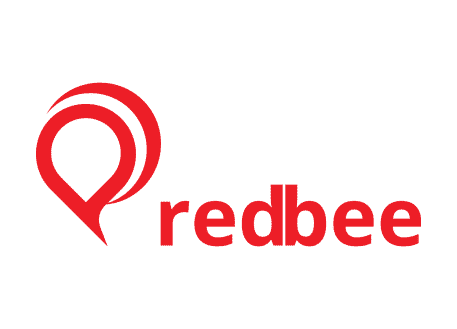MVP’s. If you are starting to develop an idea into a real-life product or thinking of doing so, you’ve probably heard of them.
A minimum viable product (MVP) is the simplified version of your final idea with enough features to cover a need while still containing your special sauce. It implies a product with an appealing design, without cluttering features.
Building a MVP is something we value when working with our clients. It’s the best way to test and create an idea, using a few resources and less time, acting as a feedback user loop for the developing process. But how can you start marketing your MVP?
Besides clients, we are also launching a MVP: Sibyl Market, a beginner-friendly investing mobile app designed to consolidate the user’s stock market wisdom. It encourages profitable stock predictions by analyzing real market reports and other users’ forecasts. This way, we opted for a MVM (minimum viable marketing).
A MVM is a flexible marketing strategy to test the waters and see what eventually sticks and leads to users.
PRO TIP: building a MVP will already save some money and time. So, rather than using this time, later on, to invest in marketing and business development expansion, you could gradually promote your idea, even before the launch. This is called pre-launch marketing.
First thing first in marketing your MVP
Start with a competitor analysis.
It means identifying products similar to yours (or in the same industry) and examining key elements. These characteristics can be brand identity (logo, parts specific to them, etc.), their social media & web presence, to what public they address and how (copywriting).
This leads to some introspection:
- Have you identified the public that could be interested in your MVP?
- Based on this, what platform or channel will you use to attract users? (social media, SEO, etc.)
Prepare your MVP marketing strategy
1. Value proposition
Your value proposition is the advantage you offer to potential users.
How do you solve a problem differently from what you currently see in the market?
Write this in a concise and easy-to-remember sentence.
Remember that, being an MVP, this isn’t the final version of your value proposition, so leave room for future changes.
2. The “quality over quantity” mindset
When it comes to marketing, the general opinion is that it helps attract more customers in the shortest amount of time. It can be true, but it does work for every product.
While working with an MVP, the marketing strategy shifts.
Every user is important because each interaction provides helpful feedback, used by an experienced development team to enhance the product. That’s why we focus on attracting less but more valuable journeys via the software product.
3. Customers aren’t interested in your process but rather in what you can provide
The harsh truth is that potential users couldn’t care less about how many hours you’ve worked and how many meetings your team had to reach today.
While working on our app, we’ve noticed more reach when presenting which benefits users have while using our MVP (rewards, a community, a space to develop stock market knowledge for free, etc.).
4. Present the flexibility of your MVP
Your MVP is here to stay, reaching its full potential by implementing user feedback.
To market your MVP, you can already create a bond with potential users by presenting that their opinion counts.
Flexibility is the keyword when it comes to minimum viable products, so engage your public and display your openness.
Wrapping up
Even with our experience in software development, when we got our hands dirty with marketing our MVP, we needed this type of research.
Interested in making the first steps in developing your idea into a real project and having support from the beginning until the launch? The Redbee Software team has the expertise needed to get you going.



